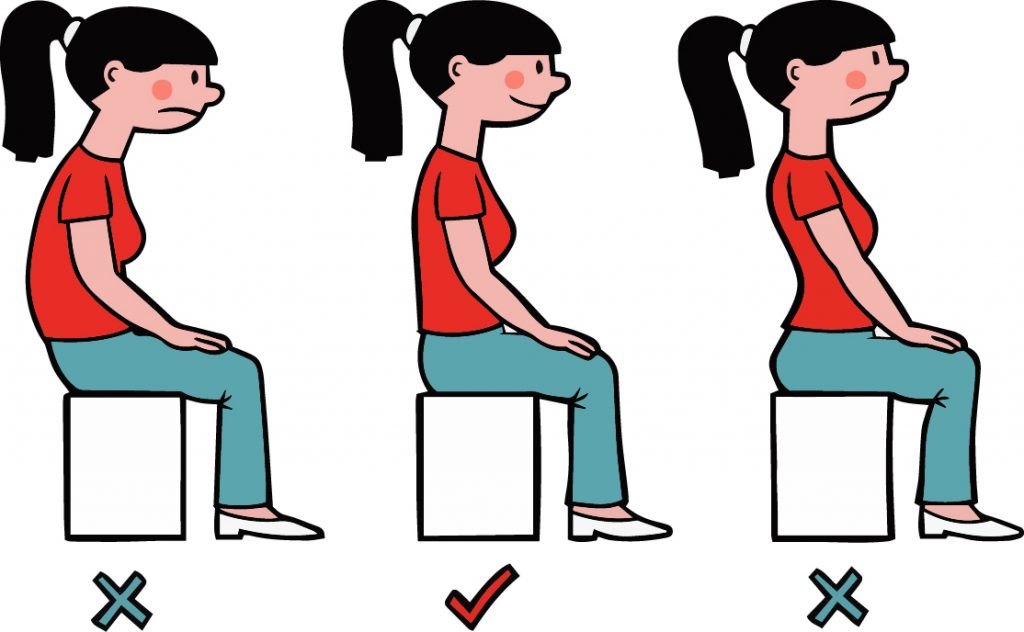If you’re feeling confused, euphoric, restless, dizzy, or have lack of coordination, you might have low blood oxygen levels. What does this mean? When not enough oxygen is passed from the lungs into the blood, people experience low blood oxygen level saturation. Normal saturation levels are between 95 and 100 percent. That means that nearly all the red blood cells contain the oxygen they’re supposed to.
After saturation levels fall below 90 percent, this is considered low blood oxygen level. If it drops much below 80 percent, the need for supplemental oxygen is often required. Switching to healthy lifestyle habits and adopting a new diet can help ensure that your saturation readings don’t dip to dangerous levels. How did this happen? There are many reasons for low blood oxygen levels, including:
- A Sedentary Lifestyle — Simply not moving around enough reduces the lungs ability to breathe correctly. It causes the chest to compress, and the lungs do not inflate properly. Oxygen then cannot get too many parts of the lungs where it has the opportunity to interact with the blood. Just moving around helps open up the chest and allowing your lungs to expand fully.

- Shallow Breathing — Although breathing shallowly is caused by a sedentary lifestyle, it also has other causes. Poor posture is a cause of shallow breathing. In proper posture, the rib cage sits directly over the hips and forms one column. This closes the rib cage and compresses the lungs.
- Illness and Allergies — Anytime mucus builds up in the lungs, it reduces the amount of air that can reach the delicate sacs that exchange oxygen with carbon dioxide in the lungs. This mucus literally blocks off access to the lungs. It’s why pneumonia is so dangerous. Even in mild illnesses and allergies, the mucus can block off access to large portions of the lungs. If you combine this with breathing shallowly and not moving around, it can cause serious problems.
- Anemia — Anemia is not a lung problem, but a blood problem. When iron is not accessible or properly utilized by the blood, the individual blood cells cannot hold the proper amounts of oxygen to take it around the body. This can reduce your blood oxygen saturation levels and cause fatigue.
- Other Factors — Certain medications can reduce the oxygen exchange ratio in your blood. Changes in your diet and lifestyle can impact it as well. Injury is a well-known cause of low blood oxygen levels. Smoking and being in dusty or dirty environments can block the lungs.
Natural Remedies for Low Oxygen Levels in the Blood
There are several ways you can help yourself with low oxygen levels that don’t take a lot of extra time or money.
- Breathing Exercises — Most people do not breathe properly. You can help yourself by doing breathing exercises designed to stimulate proper breathing technique and increase your blood oxygen levels. One of these exercises is as followed: Sit upright on the edge of a hard chair. Do not allow your arms or back to slump against anything. Place one hand on your upper abdomen and one hand on your lower abdomen. Begin breathing in and focus on filling up with air from the bottom up. Your lower hand should start expanding first, followed by your upper hand then; you should feel the middle of your chest open and finally the top. Your shoulder should not move it all. Repeat this exercise three times. Every day, add one more repetition.
- Iron Supplementation — In the case of anemia, iron supplementation may be required. An amino acid chelated iron like Ferrochel®, or an herbal based supplement like Floradix is a good choice.
- Exercise — Get 10 to 20 minutes every day of exercise that raises your breathing level. This will help open your ribs and allow your lungs to inflate properly. It also gets your blood and body used to higher levels of blood oxygenation, which will encourage the continued progress.

- Diet — Food such as lentils, spinach, organic whole grains, and dark chocolate contains significant amounts of iron. Blackstrap molasses is also an excellent source. Most fruits and vegetables contain small amounts of iron, so you should be able to get adequate amounts without too many issues. Plus, a healthy diet reduces many of the problems that may require medication or causes a sedentary lifestyle.
Working with Your Doctor
Once you’ve determined that you have low oxygen levels, consult your doctor to make sure it’s not associated to an underlying issue. You can implement most of the strategies here with or without your doctor, but certain medical conditions could cause low saturation levels. Working with your doctor helps avoid severe complications and identify the problem.
The post Low Blood Oxygen Levels: Causes, Symptoms and Your Health appeared first on Plant-Based Diet – Recipes & Weight Loss Supplements | Hallelujah Diet.